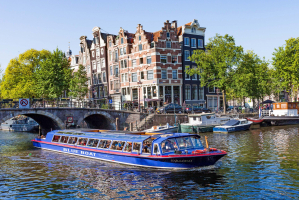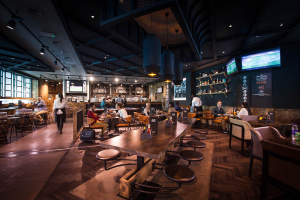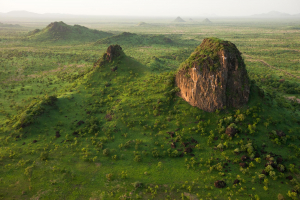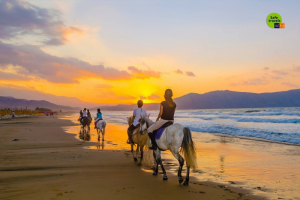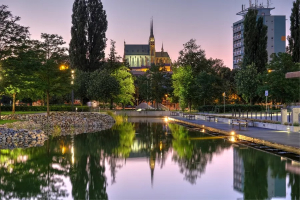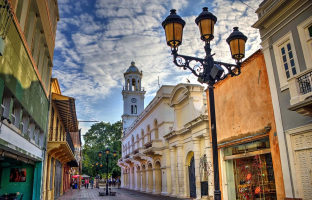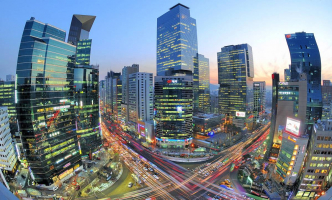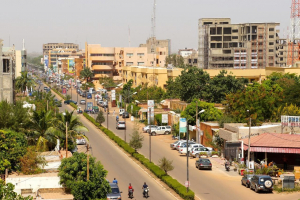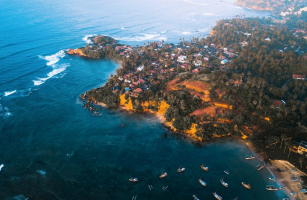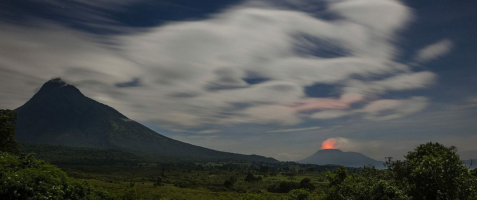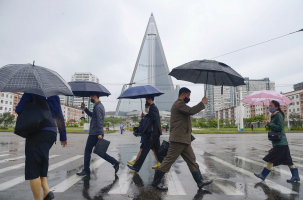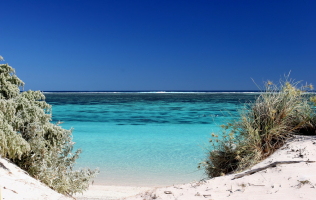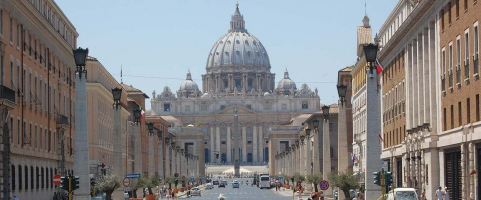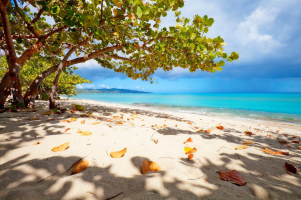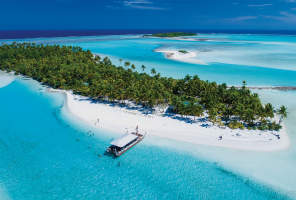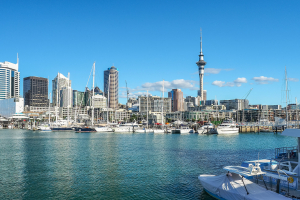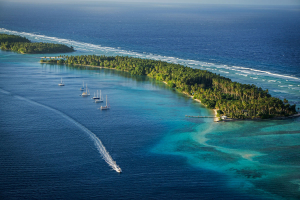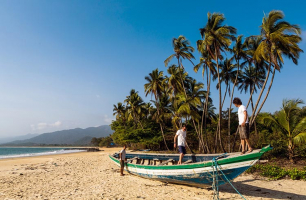Top 11 Things about the Philippines You Should Know
For a taste of the "exotic," as many travelers come to the Philippines as to its Southeast Asian neighbors. As appealing as this sounds, it does come with some ... read more...unknowns that may catch outsiders off guard. The following are Things about the Philippines You Should Know.
-
You can't remain for as long as you wish, but you can stay for a long time. Most countries throughout the world allow foreigners to stay for much longer. Various visa extension options allow you to stay in the Philippines for up to 36 months, depending on your country of origin.
Many countries' citizens can visit the Philippines without a visa for up to 30 days (exceptions include India, Iran, Jordan, and a few others). Check the criteria for your visa here. Visitors from Israel are allowed to stay for up to 59 days without requiring a visa. If you don't purchase your return trip to your next destination before arriving at the airport, you can be turned away.
If you need to extend your 30-day stay, you can do so at any Immigration Office in the country. Your initial extension will be for 29 days, and you can then request for 1-month, 2-month, or 6-month extensions at least one week before your legal stay expires. You can do so for up to two or three years before having to depart and return to the nation.
So there's no need to choose between Palawan and Boracay, or Siquijor and Siargao — simply go to them all!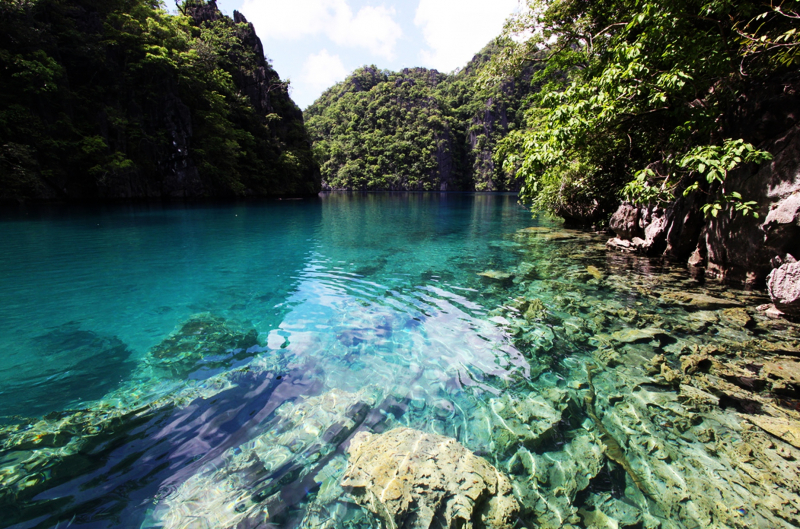
http://inspirationseek.com/ 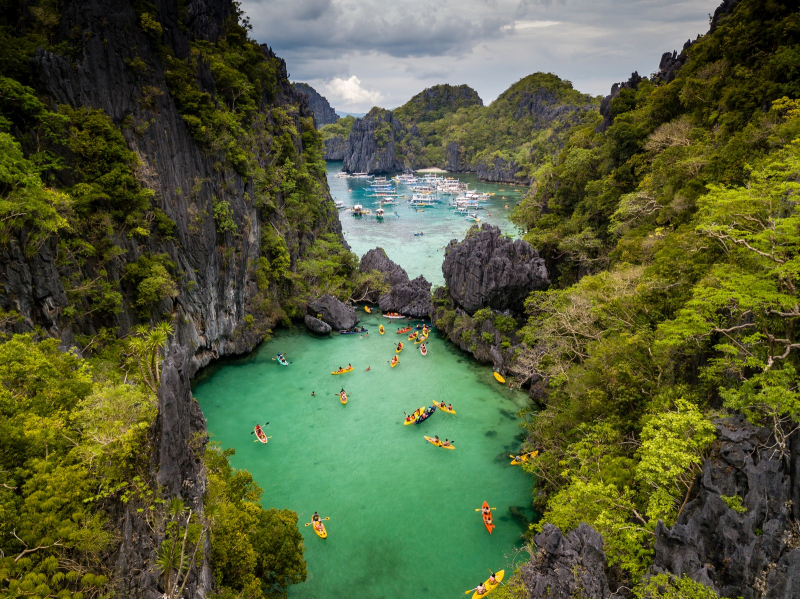
https://guidetothephilippines.ph -
The Philippines, as a tropical country, has only two seasons: rainy and dry. The dry season lasts roughly from November to May, and the rainy season lasts from June to October. However, because the weather has changed in recent years, the start and conclusion of each season varies slightly year to year. It's also worth noting that the country is frequently hit by typhoons. So, in the weeks leading up to your trip, keep up with Philippine weather forecasts. This is definitely one of the top Things about the Philippines You Should Know before travelling to this beautiful country.
However, because the Philippines is an archipelago made up of over 7,000 islands, the weather can vary dramatically from one island to the next. So, while one region of the country may be experiencing thunderstorms, another may be bright and sunny.
If you visit the Philippines during the rainy season (June to October), be prepared for a period of terrible weather. If you plan on using any ferries, such as from El Nido to Coron, be aware that they will not run if a storm is forecast. While we were in El Nido, the ferry to Coron was canceled six days in a row owing to bad weather, so we gave up and flew to another island instead.
If you need to use a ferry boat, be cautious about booking non-refundable lodgings in advance.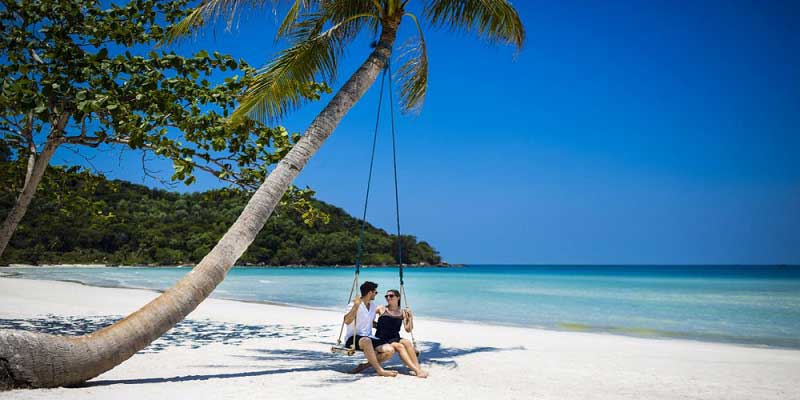
https://www.imoney.ph/ 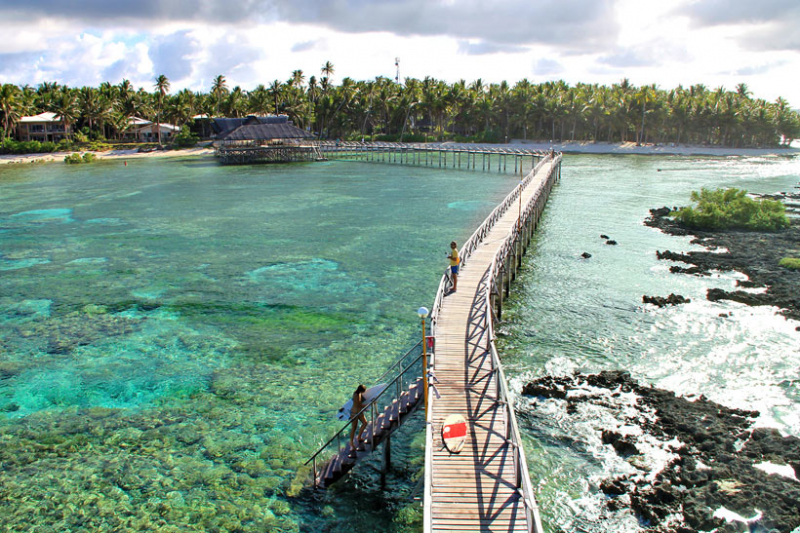
https://www.justonewayticket.com -
For anyone spending time in the big Metro Manila, transportation apps can be lifesavers. Metropolitan Manila's bustling area may be downright hectic, especially for those who aren't used to complex public transportation and extremely heavy traffic. Uber, GrabCar, and Waze are three useful apps that many residents have on their phones. This is definitely one of the top Things about the Philippines You Should Know before travelling to this beautiful country.
The first two are car-booking apps that are slightly more expensive than normal taxi cabs but are regarded safer, whereas Waze is a navigation software that advises drivers to the best feasible route to their location while taking current traffic into account.
Many Southeast Asian countries, including the Philippine, use the Grab app. In larger cities like Manila and Cebu City, Grab automobiles and motorcycles are available. Download the app ahead of time so you can get a Grab to your hotel as soon as you land (if it's available in the city you're flying into).
While Grab is not much less expensive than a cab, it does eliminate the headache of haggling over a taxi fare (since taxis rarely agree to put foreigners on the meter these days). You won't have to worry about trying to explain where you're going. Tolls are not included in your fare estimate, so you'll have to pay them in cash at the end of your journey.
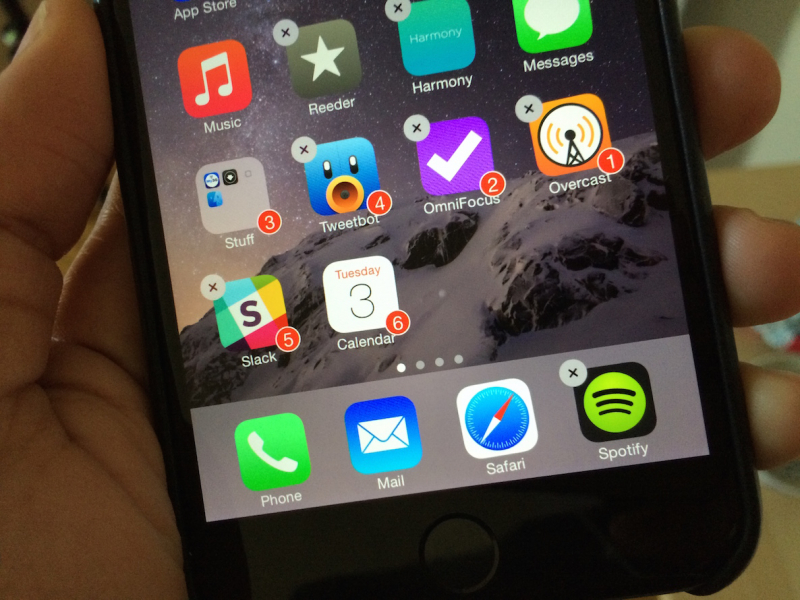
http://www.idownloadblog.com 
https://www.pinterest.com/ -
Filipinos are quite pleasant and courteous, especially in regions that aren't inundated with tourists. Almost everyone you meet will refer to you as "ma'am" or "sir." "Ma'am sir" is another option. They will appreciate your respect if you use the terminology when addressing them. Also, make an effort to meet and mingle with the locals; you will not be disappointed!
While app-booked automobiles in Metro Manila are very efficient, smaller provinces usually have their own public transportation infrastructure. Locals in some places can move around on a tricycle, jeepney, or multicab (all modified English phrases referring to Filipino public transportation vehicles) for very cheap. To prevent being overcharged, ask around when you arrive at a new location for the best means of transportation in the region and know the approximate cost of a trip.
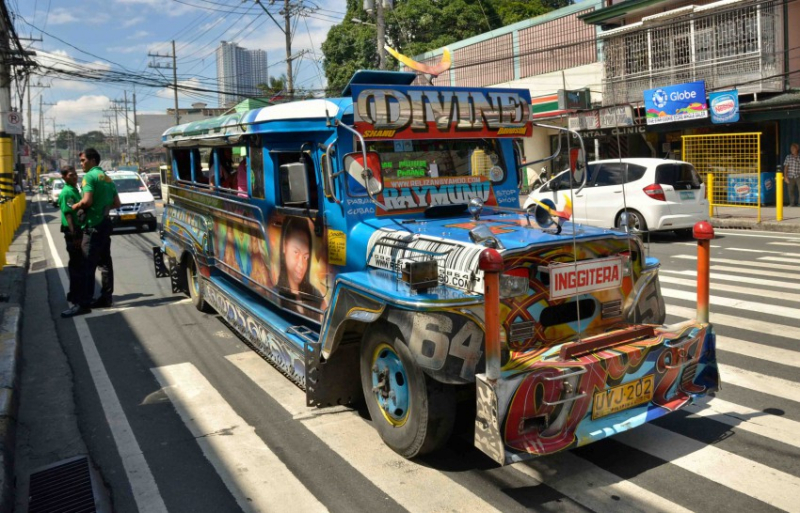
https://primer.com.ph/tips-guides 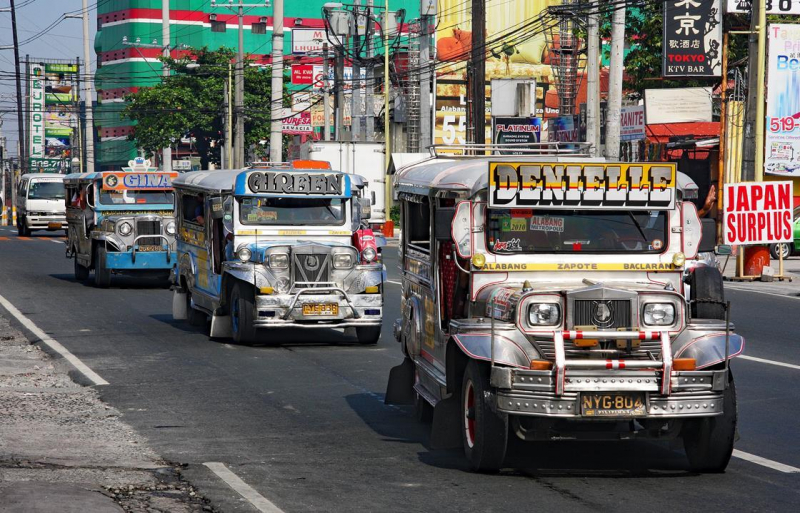
https://www.railwaygazette.com -
This will be handy for visitors to smaller provinces or islands where public transportation is inexpensive and things are sold in sari-sari shops (small convenience stores where items are sold per piece instead of in packs). Because a tricycle driver is unlikely to have change for a thousand peso bill or even a 500, always have at least a 50 on hand.
This is the one to watch out for in terms of scams. Money changers in the Philippines have a reputation for driving a hard bargain, trying to rip off unsuspecting tourists, and using aggressive negotiating tactics. Do you have to be afraid of them? No way. Simply be aware of it and ready. Consider getting a fee-free card, exchanging money before you arrive, or doing it at a trustworthy location, such as your hotel. This is definitely one of the top Things about the Philippines You Should Know before travelling to this beautiful country.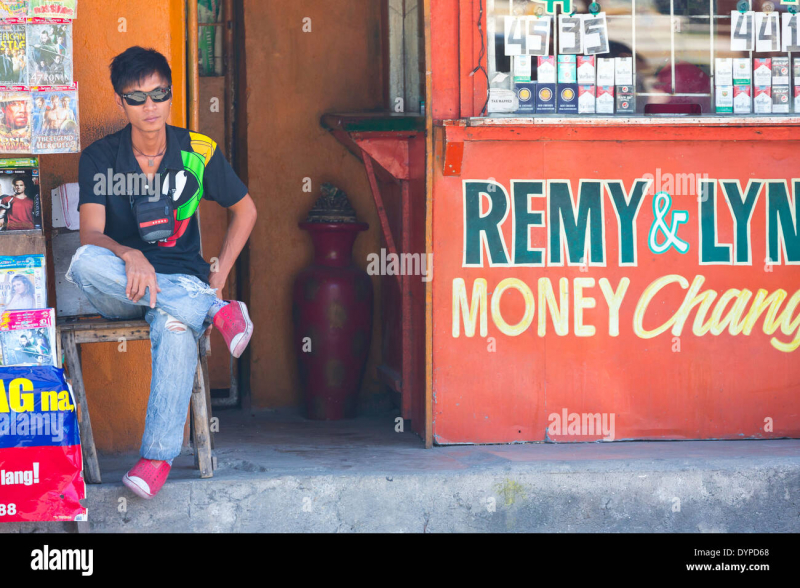
https://www.alamy.com/ 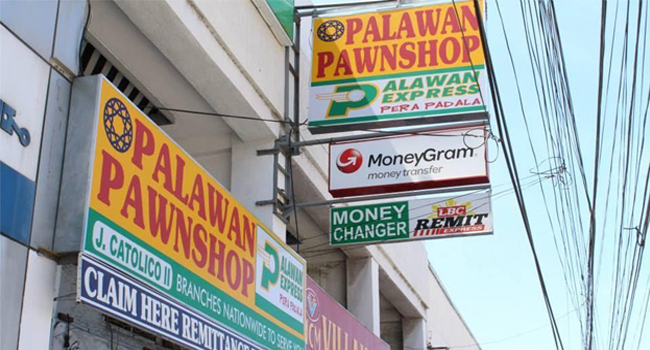
http://gccexchange.com/ -
Tipping is customary in the Philippines because of the low cost of services. It's traditional to leave 10-15% of your final bill at restaurants, unless service charges are included, in which case less is fine. The 10% guideline also applies to salons and spas. It's also typical to round up cab fares, for example, providing a 100 peso payment for a 90-peso trip (for app-booked cars such as Uber and Grabcar, however, the exact amount is usually given).
When in doubt, tip according to your level of satisfaction with the service. While waiters, masseuses, and tour guides will not be offended if you don't tip them, keep in mind that these workers in the Philippines are paid minimum wage, so a little goes a long way.
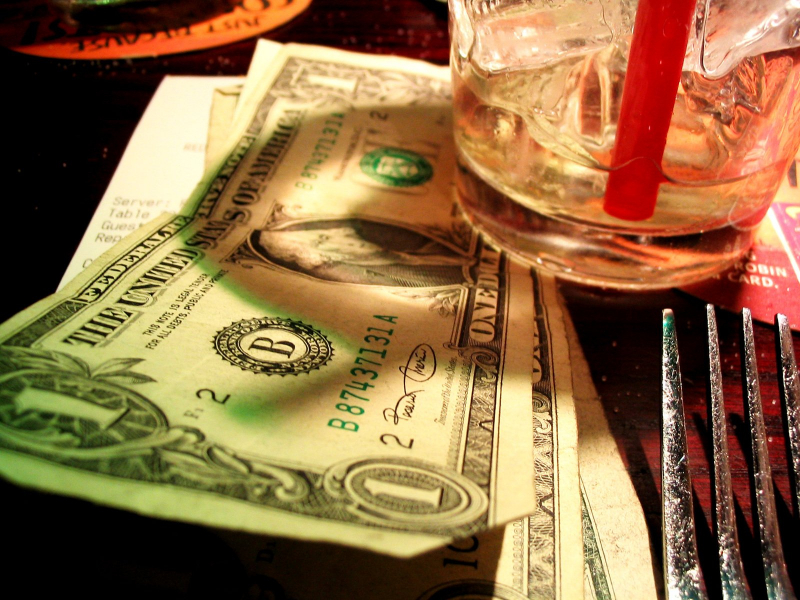
https://www.freeimages.com 
https://www.ebony.com/ -
Because it is an archipelago, air travel is the most efficient means of cross-province transport. Flights, particularly to the most popular tourist locations, can put a dent in a traveler's budget even in a cheaper country like the Philippines. This is definitely one of the top Things about the Philippines You Should Know before travelling to this beautiful country.
So keep an eye out for airline specials (AirAsia and Cebu Pacific are the cheapest local airlines) and purchase tickets as soon as feasible. So knowing ahead of time which destinations you want to visit can help you secure those early-bird tickets. This is particularly vital for vacations during the country's busiest seasons, such as Christmas and Easter.
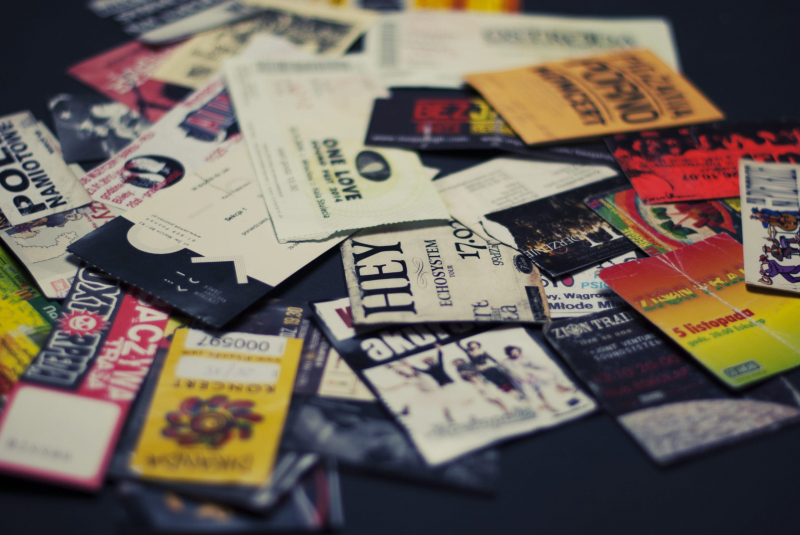
https://www.eccireland.ie/ 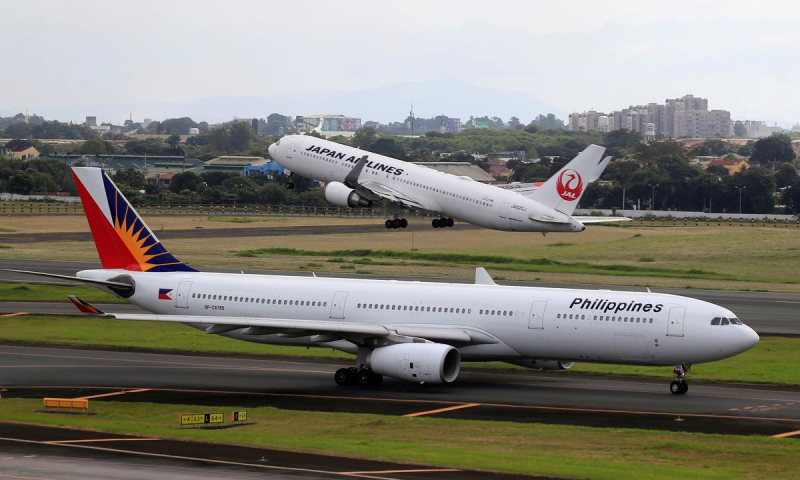
https://www.reuters.com/ -
Filipinos are a cheerful and welcoming people. They welcome guests with open arms and enjoy seeing tourists enjoy their homeland. So don't be hesitant to ask a native or speak with one. They enjoy being able to assist others. This is also the best approach to get a different perspective on each place. Show an interest in where the people go and what they like to do to fully immerse yourself in the Filipino culture.
Don't worry to interact with local people! In school, children learn both Tagalog and English, so you're unlikely to meet somebody who doesn't know at least a little English. Because everything is written in English, you won't have any trouble understanding street signs, restaurants, or anything else.
"Salamat" means "thank you" in Tagalog, if you wish to brush up on your language skills. And because "po" is the Tagalog counterpart of "sir" or "ma'am," you'll hear "thank you, po" a lot. If you know a few Tagalog terms, you'll wow the natives on your visit to the Philippines.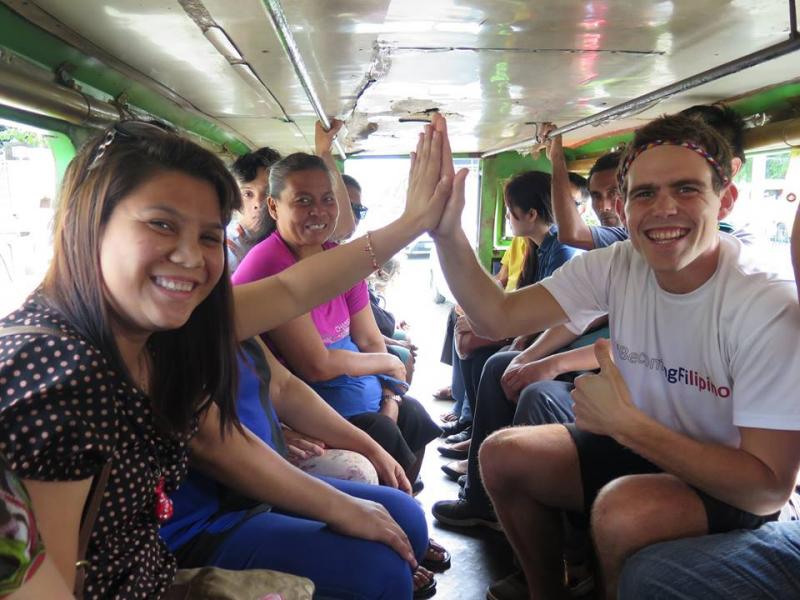
http://primer.com.ph/ -
In addition to being a pleasant and hospitable people, Filipinos, particularly those from smaller areas, can be traditional and cautious. In the beginning, they will appear shy and avoid conflict as much as possible. So be more friendly and less forceful while communicating with locals.
The Philippines has a horrible reputation for being risky for tourists in recent years. Because of terrorism, several locations in the south are under travel advisories. We went to the Balabac Islands in Palawan's south and were warned that we might be kidnapped by terrorist pirates. Of course, we didn't, and no foreigners have ever been kidnapped in that area.
Although opportunistic crime can occur anywhere, we never felt threatened throughout our 6-week stay in the Philippines.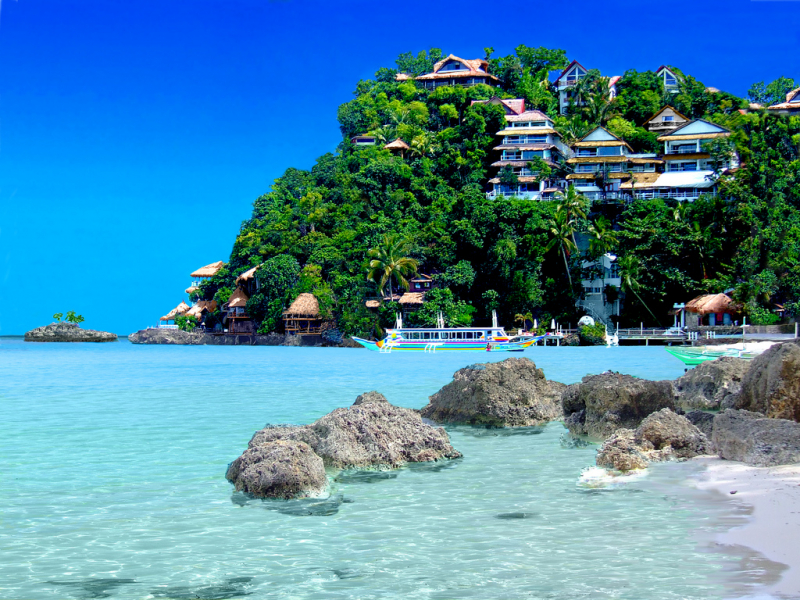
http://noplacelikephil.blogspot.com/ 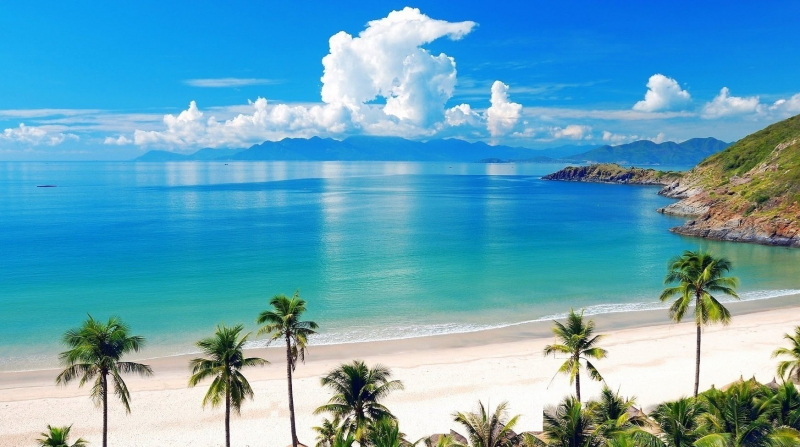
http://www.beautifulworld.com/ -
Filipinos are passionate about their cuisine. Filipinos eat five meals a day, three large (breakfast, lunch, and dinner) and two little (breakfast, lunch, and dinner) (merienda or light snacks in between big meals). So bring a large appetite. If you want to get the full Filipino experience, you'll need to be willing to taste new and unusual foods, from cooked growing chick embryos to a scorching plate of chopped up pig's face. Don't be startled if a Filipino welcomes you with "have you eaten yet?" instead of "hi."
Also, you should savor a Philippine Mango, This may not save a life, but it will certainly improve one. Filipinos are justifiably proud of their bright yellow, delicious, and juicy national fruit. Eat a Philippine Mango whenever you get the chance since you won't find them like this anywhere else.
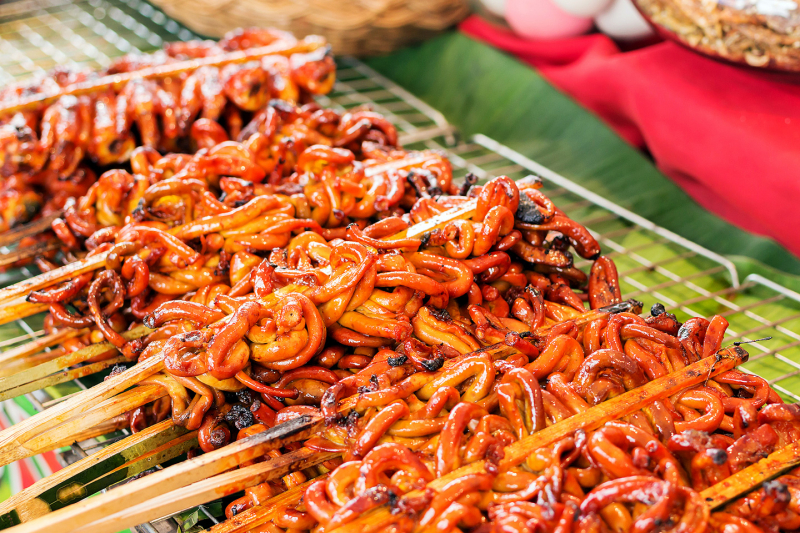
https://www.adventureinyou.com/ 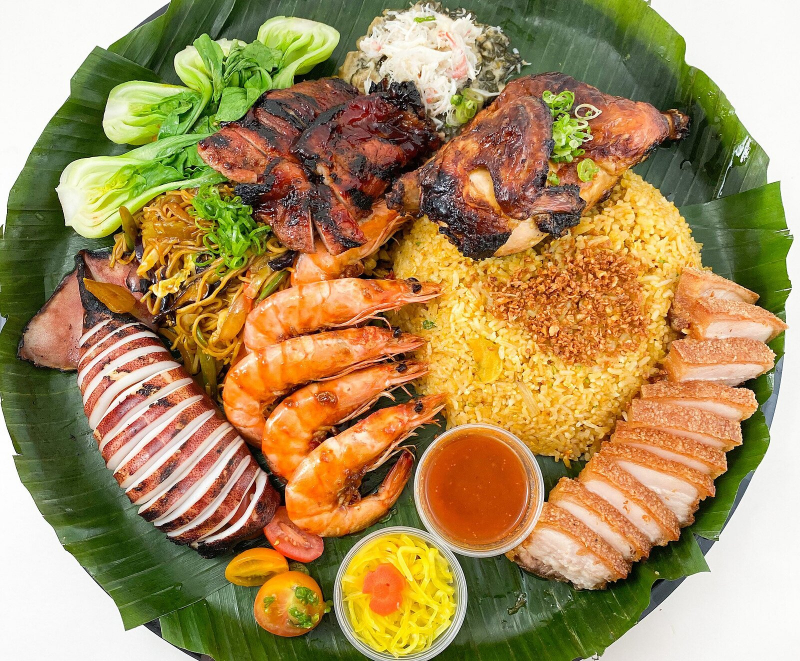
https://www.secondwavemedia.com/ -
There are numerous unique and diversified landscapes from north to south and east to west. From powder-white beaches to lush rainforests and even volcanic mountains, there's something for everyone. Check out our list to the finest tourist attractions in the Philippines to see which ones are right for you.
The Philippines' numerous islands are separated into over 80 different provinces, and it would be a huge mistake to believe that they are all the same. Filipinos are historically regionalistic due to geography. People did not begin patriotic initiatives for a more united Philippines until the nineteenth century. However, differences across provinces persist today in areas such as spoken languages and cuisine. When visiting the Philippines, make an attempt to see as much of the country as possible, as it is a vastly diverse country that begs to be explored.
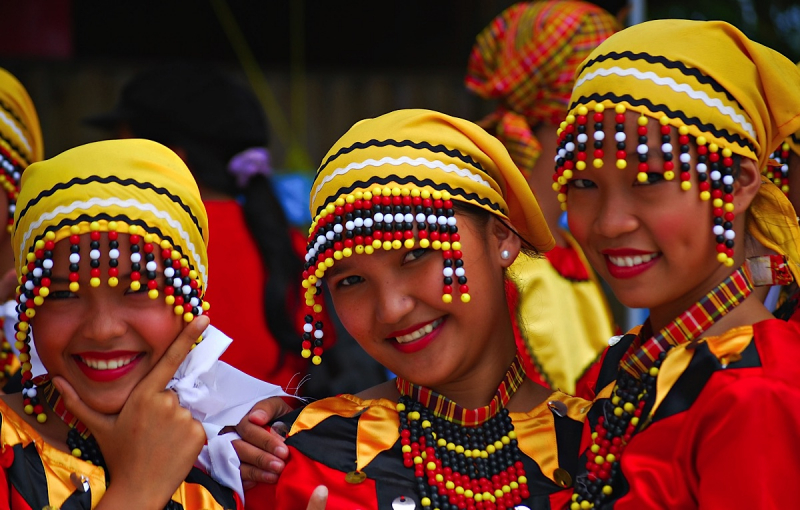
http://travelauthenticphilippines.com 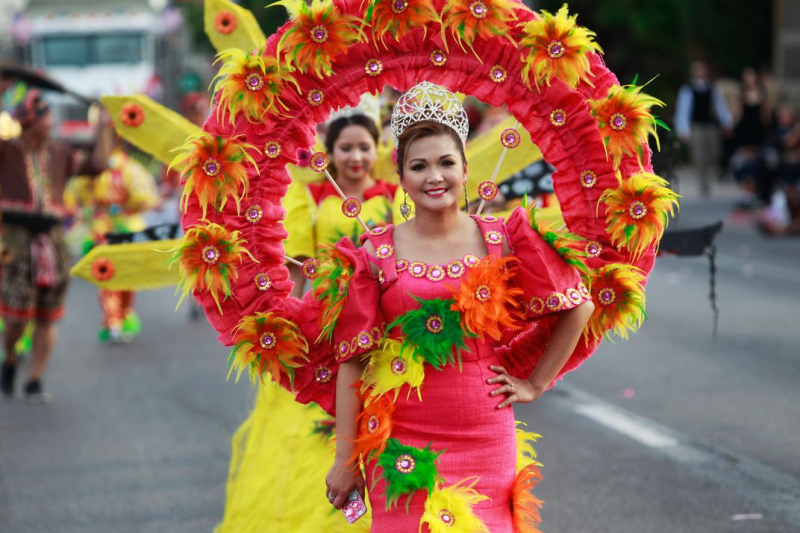
https://www.smithsonianmag.com/













